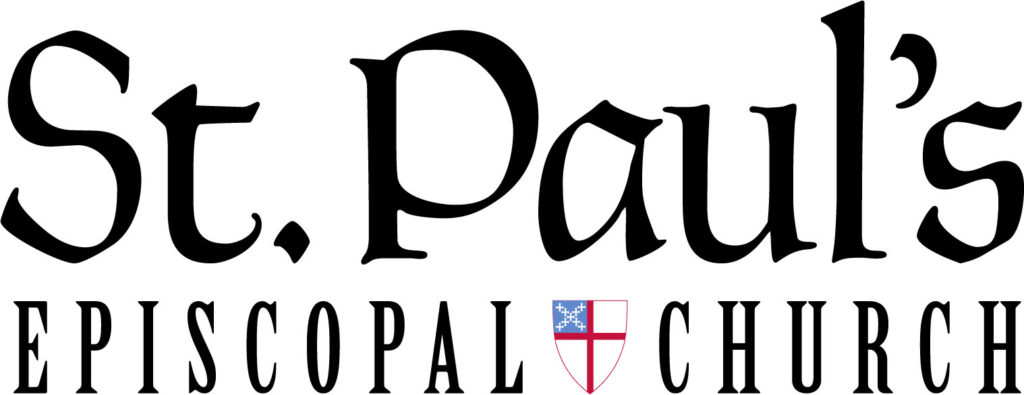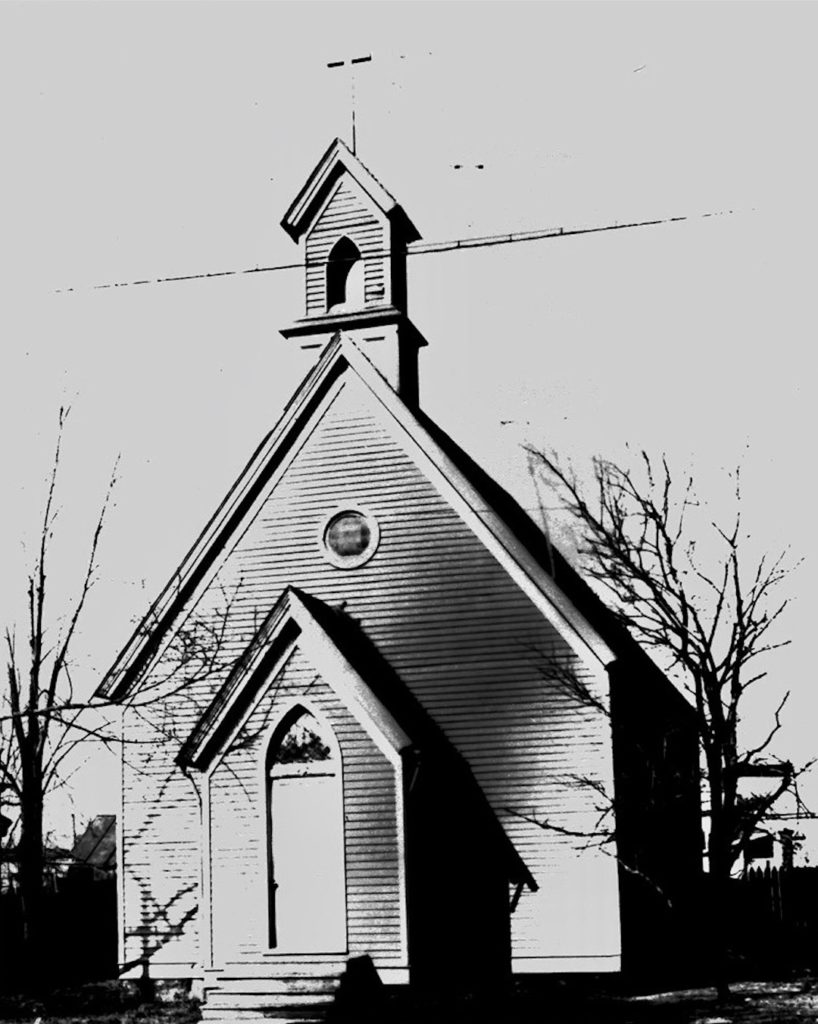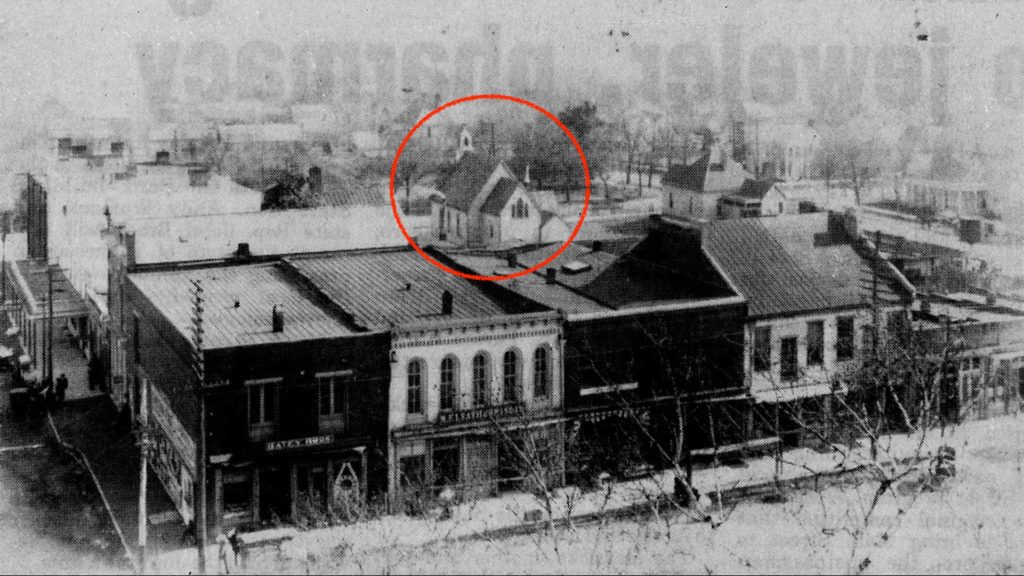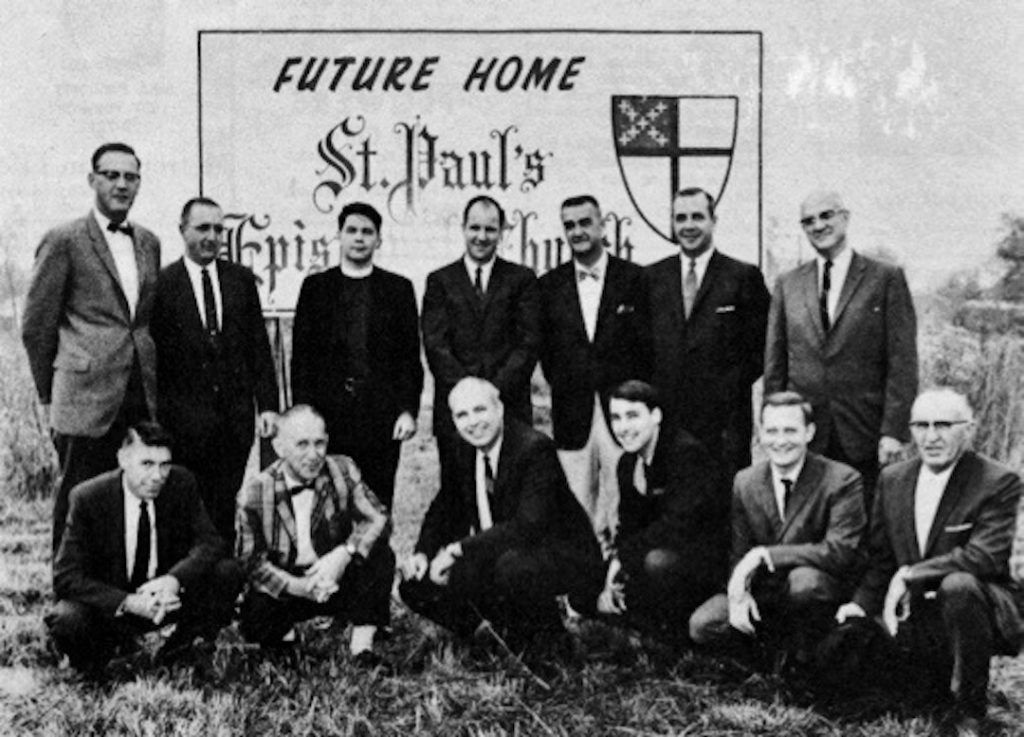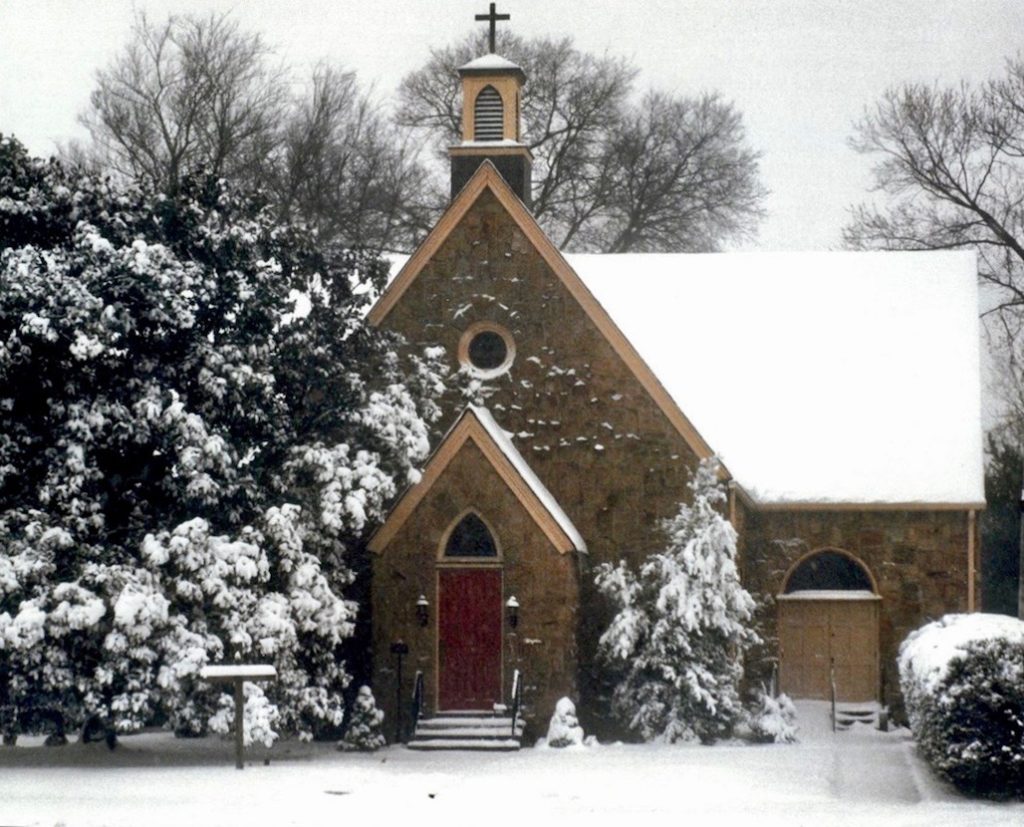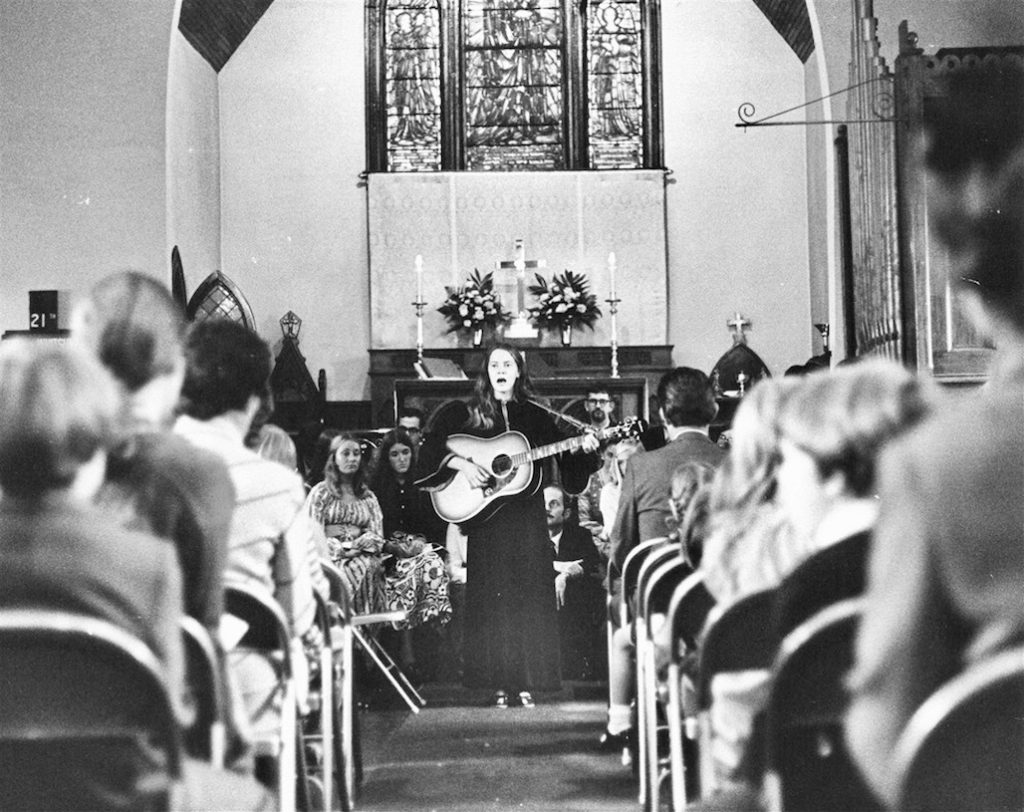History
In 2017, St. Paul's celebrated 125 years of ministry.
That year we explored the history of our mission to Murfreesboro and Rutherford County, finding our roots in the story of steady growth and development that made us who we are.
Images of St. Paul's
1892–1927
In 1892 the combination of a visionary bishop, missionary clergy, and prominent citizens in Murfreesboro produced the town’s first permanent mission. Within two years the congregation built and furnished a church and then rebuilt it after a destructive fire in 1912. Without a resident priest after 1906, the small congregation struggled, but strong leaders, male and female, guided its survival and created a legacy of lay governance.
1918–1945
Despite two world wars and economic depression, both Murfreesboro and St. Paul’s grew. Leaders improved the church’s visibility by moving the present-day chapel two blocks to its current location on East Main Street. They sheathed it with Sewanee sandstone and created memorials to the founders, instilling a sense of heritage and identity. Increased attendance led to the appointment of the first full-time, resident priest since 1906. St. Paul’s never again was without permanent clergy.
1946–1963
The combination of wartime spending and postwar economic prosperity produced growth in population and local military, business, medical, and academic institutions. St. Paul’s also grew in members, donations, and programs. Incorporating new parishioners, mostly military and civilian professionals with children, required expanded facilities, so in 1949 St. Paul’s built a “parish house” behind the church. Lay leaders systematized stewardship with an “Every Member Canvass,” women managed the sacristy and sponsored fundraising events, and the mission’s youth organized for fun and service. St. Paul’s achieved parish status in 1963.
1964–1990
Growth in numbers, from 319 to over 500, accompanied change from outside the parish: a new prayer book, ordaining women, the charismatic renewal movement, and social reform. For the first time, parishioners attended a Cursillo weekend, which became the principal tool for building leaders and workers, and outreach ministries expanded. Increases in fellowship activities and Christian education led to a second parish hall developed in a renovated furniture store next door. Women now joined the vestry and became liturgical ministers.
1991–2019
In the last twenty-seven years, St. Paul’s has been reaching out in ministry. The hallmarks of the Rev. Gene Wise’s cure (1991-2006) were hospitality and evangelism. A strong supporter of lay leadership, he used Cursillo to build active ministers in Christian formation, pastoral care, fellowship, worship, and outreach to MTSU and the community. Having outgrown the first church, St. Paul’s purchased four adjacent properties, built a new worship space, and remodeled two structures to serve the administration and youth. His successor, the Rev. James K. Polk Van Zandt, broadened our vision further, inspiring new outreach programs to the homeless and the needy at home and abroad. The new parish hall, completed in 2015 and dedicated to “Enabling for God’s Service,” is the headquarters for equipping all our parishioners to be Christian workers in this part of God’s vineyard. Fr. Polk retired in 2017 and Fr. Colin Ambrose served in an interim capacity through 2019.
2019–Present
In 2019 St. Paul’s welcomed the Rev. Dr. Kristine Blaess as the seventh Rector. Her gifts for discipling, liturgy, Christian formation, and the arts along with a youthful and pastoral personality offered rich potential for building on the gifts of fellowship, hospitality, and outreach so well developed by her predecessors. In the midst of planning for a fresh vision of our mission and ministries, the global pandemic burst upon us in February 2020. She and her new Associate Rector, the Rev. Michael Whitnah, along with the staff, vestry, and ministry leaders were all forced to rethink, reimagine, and redesign the work of the parish. What could have been a disastrous period turned instead into a time of continual blessing from God as together clergy, staff, vestry, and parish worked together to maintain connections and to continue the mission to each other and to the community. “Zoom” became a household word as ministry leaders provided Christian formation, discipling, and devotionals on a regular basis, and additional video equipment allowed for professional quality streaming of a Sunday eucharist. When a parishioner offered a matching challenge grant of $100,000, the parish exceeded the goal by 50%, which the donor matched in turn. In January 2020, news that Jr’s Foodland was for sale caused an immediate focus of parish attention and energy to discern God’s will for us, and in the spring St. Paul’s purchased the property, not for ourselves but for the use and well-being of the community. "As COVID-19 vaccinations increase among our parishioners and the community, we are entering into our new normal and welcoming our parishioners back inside their church home."
